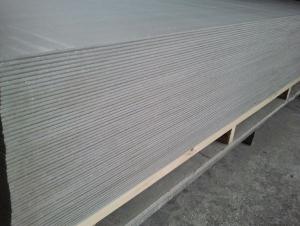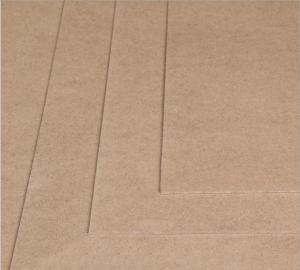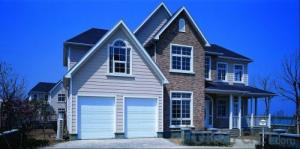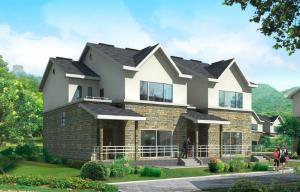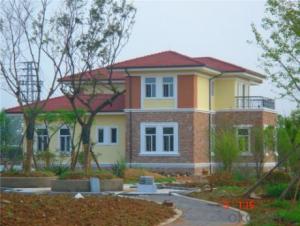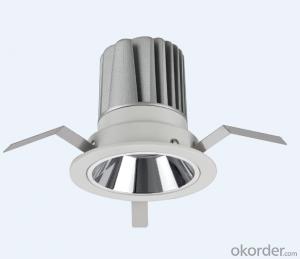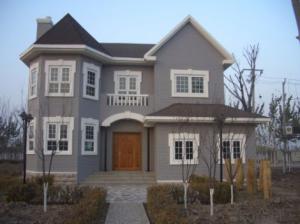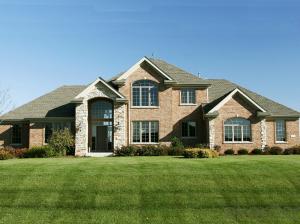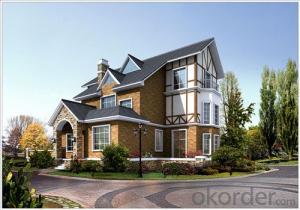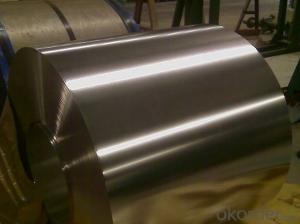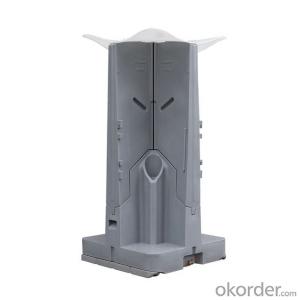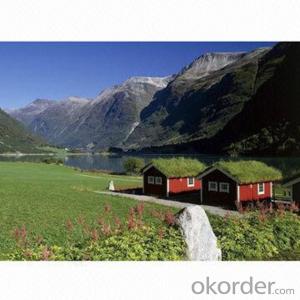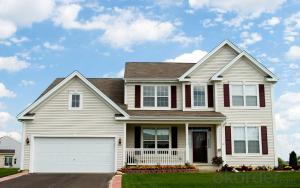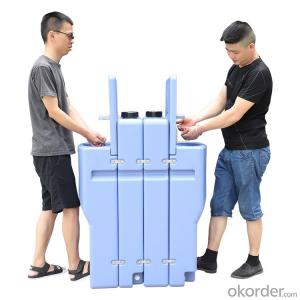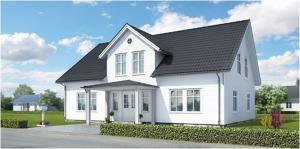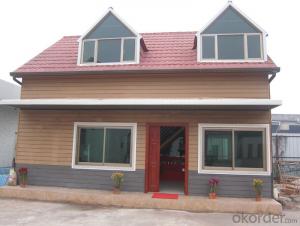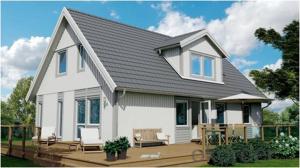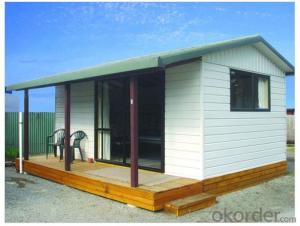Light Steel Villa
Light Steel Villa Related Searches
Best Paint For Stainless Steel Blanket Insulation For Steel Buildings Primer For Galvanized Steel Foam Filter For Stainless Steel H S Code For Stainless Steel Surface Grinding Wheels For Stainless Steel Surface Grinding Wheels For Hardened Steel Hole Saw For Stainless Steel Paint For Stainless Steel Stainless Steel For BbqHot Searches
Price For Stainless Steel Scrap Scrap Price For Stainless Steel Price For Stainless Steel Price Of Shipping Containers For Sale Stock Price For Aluminum Air Pump For Aquarium Price Used Foam Board Insulation For Sale Bags Of Cement For Sale Types Of Temporary Side Panels For Cement Deck Magnesium Oxide Board For Sale Hdf Board For Sale sintra board for sale Solar With Inverter Price Pedestal Fan With Water Spray Price Price Of Scrap Stainless Steel Price Of Stainless Steel Scrap Price Of Stainless Steel High Mast Light Price List Solar High Mast Light Specification Used Foam Board Insulation For SaleLight Steel Villa Supplier & Manufacturer from China
Okorder.com is a professional Light Steel Villa supplier & manufacturer, offers integrated one-stop services including real-time quoting and online cargo tracking. We are funded by CNBM Group, a Fortune 500 enterprise and the largest Light Steel Villa firm in China.Hot Products
FAQ
- Yes, container houses can be suitable for areas with high humidity. However, proper insulation and ventilation systems should be in place to prevent issues such as condensation and mold growth. Additionally, using appropriate materials and building techniques can help mitigate the impact of high humidity on the structure.
- What are the grade of office buildings?
- The so-called Grade A office building, in fact, is a popular name, and there is no fixed standard
- Yes, container houses can be designed to be pest-resistant. By implementing proper insulation, sealing gaps and cracks, and using pest-preventive materials, container houses can effectively deter pests such as insects, rodents, and other unwanted critters. Additionally, routine maintenance and regular inspections can help ensure any potential pest issues are promptly addressed.
- Yes, container houses can be suitable for remote working or telecommuting. These houses are designed to provide comfortable living spaces with all the necessary amenities, including dedicated work areas. They can be customized to include home offices or studios, ensuring a conducive environment for productivity and focus. Additionally, container houses are often located in serene and remote areas, offering peace and tranquility, which can further enhance remote working experiences.
- Why is someone called him called "Do not wild?
- do not wild, refers to the mountains and rivers of large large manor-level villa, different from the city enclosed small villa in the district
- Indeed, container houses prove to be a suitable option for eco-tourism accommodations. Crafted from reclaimed shipping containers, these dwellings contribute to waste reduction and play their part in minimizing the ecological consequences. By transforming these containers into sustainable lodgings, eco-tourism destinations have the opportunity to champion the values of sustainability and environmental awareness. The versatility of container houses knows no bounds, as they can harmoniously blend with the natural surroundings. Additionally, they can incorporate energy-efficient elements like solar panels, rainwater collection systems, and insulation to curtail energy consumption and reliance on conventional utilities. This enables eco-tourists to revel in an off-grid lifestyle while treading lightly on the planet. Moreover, container houses possess the advantage of easy transportability to remote or environmentally-sensitive regions, granting visitors the chance to relish pristine natural beauty without compromising the surrounding ecosystem. These accommodations can be thoughtfully designed to minimize disturbance to the ecosystem, thus leaving a smaller ecological footprint compared to traditional construction methods. Furthermore, container houses can be designed to integrate sustainable and locally-sourced materials, further amplifying their eco-friendliness. By utilizing materials such as bamboo, recycled wood, or natural fibers, these lodgings can champion sustainability while simultaneously showcasing the indigenous culture and craftsmanship. In summary, container houses perfectly align with the requirements of eco-tourism accommodations, owing to their eco-friendly nature, adaptability, and potential for sustainable design. They provide an avenue for visitors to connect with nature while minimizing their impact on the environment, making them an ideal choice for conscientious eco-travelers.
- Yes, container houses can be designed with natural ventilation systems. In fact, natural ventilation is often a preferred method of cooling and ventilating container houses due to its sustainability and cost-effectiveness. There are several ways to incorporate natural ventilation into container house design. Firstly, by strategically placing windows and doors in different locations, designers can take advantage of prevailing winds to create cross-ventilation. This allows for the circulation of fresh air throughout the house, reducing the need for mechanical cooling systems. Additionally, adjustable louvers or vents can be installed in walls or roofs to control the amount and direction of airflow. Furthermore, the orientation of the container house can also play a role in natural ventilation. By aligning the long side of the container with the prevailing wind direction, the house can maximize the intake of fresh air. Additionally, incorporating features such as roof overhangs or shading devices can help prevent direct sunlight from entering the house, reducing heat gain and improving comfort. Lastly, natural ventilation can be enhanced by utilizing passive cooling techniques such as thermal mass, which involves using materials with high heat capacity (such as concrete or stone) to absorb and release heat slowly. This helps regulate indoor temperatures and can be combined with natural ventilation strategies to enhance overall comfort. Overall, container houses can indeed be designed with natural ventilation systems. By incorporating various design elements and strategies, container houses can achieve efficient and sustainable ventilation, providing comfortable living spaces while reducing energy consumption.
- What is the advantage of the container module room?
- Aesthetics: do a variety of design, wall color, beautiful appearance, beautiful
